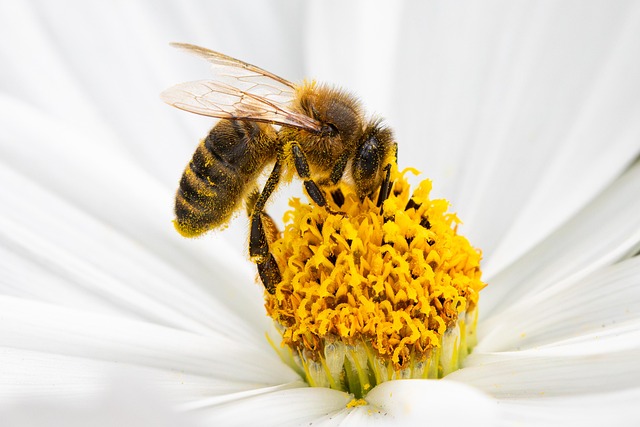Let’s face it—I have a soft spot for plastic straws. Admittedly, that might be an understatement. They are a staple in my daily routine. Each morning, after dropping my children off at school, I relish the calm of my home with a steaming bowl of oatmeal and a tall glass of iced coffee. The straw resting in my coffee isn’t just a utensil; it’s a little piece of joy that invites me to savor my moments of solitude.
However, when I stumbled upon discussions online urging everyone to eliminate plastic straws immediately, I felt a pang of reluctance. I genuinely care about our planet. I strive to recycle, conserve water, and even used cloth diapers for one of my kids (a challenging endeavor, I assure you). Yet, the thought of parting with my beloved straws was difficult to digest.
After diving into some research, it became apparent that my infatuation with plastic straws is a personal hurdle that I can—and should—overcome for the benefit of our environment.
The Sobering Reality of Plastic Straws
Here’s the sobering reality about plastic straws: According to recent reports, Americans discard approximately 500 million plastic straws each day, enough to wrap around the globe twice. Straws rank as the sixth most prevalent type of litter globally, as highlighted by Litterati.org, a platform that tracks trash. Throughout our lives, we each use about 35,000 straws. That’s an astonishing number.
The excessive use of plastic—including straws—poses severe environmental challenges. Plastic straws, primarily made from fossil fuels, are rarely recycled due to their small size. Consequently, most of them end up in our oceans, wreaking havoc on marine ecosystems and endangering wildlife.
The Impact of Plastic Straws on Marine Life
This issue gained significant attention in 2015 when a distressing video of rescuers extracting a straw from a sea turtle’s nostril went viral, showcasing the dire impacts of plastic straws on marine animals. Following this, movements to ban plastic straws have surged. Cities like Malibu, California, along with Seattle and Fort Myers, have taken steps to limit their use. Such actions, although not a complete solution to the broader plastics crisis, are crucial in raising awareness about our daily plastic consumption and the urgent need for change.
As Diana Reed, founder of StrawFree.org, noted in an interview, “Many feel overwhelmed by the scale of the plastics issue. Letting go of plastic straws is a simple, manageable first step.”
Businesses Joining the Movement
Businesses are also joining the movement. McDonald’s announced its plan to transition to paper straws across its 1,300 locations in the U.K. starting this May. Customers will now have to request straws from behind the counter, prompting a conscious decision to use them.
Alternatives to Plastic Straws
So, how do we address our attachment to plastic straws? For starters, consider ditching them altogether. Drinking directly from a cup is a perfectly viable alternative. But if you are like me and still desire that straw experience, there are many eco-friendly options available. Bamboo straws are gaining popularity—stylish and surprisingly easy to clean. Reusable stainless steel straws are another fantastic choice, often dishwasher safe for added convenience.
For those of us who prefer not to deal with the hassle of cleaning straws, paper straws are an adorable and biodegradable option. A quick search on Amazon reveals they are competitively priced compared to plastic straws, making them an attractive alternative.
Conclusion
In summary, while plastic straws may seem harmless, their environmental impact is anything but. By reducing our reliance on them, we take a significant step toward protecting our planet. Transitioning to sustainable alternatives—whether through bamboo, stainless steel, or paper—can contribute to a healthier ecosystem. For those interested in other aspects of eco-friendly parenting, you might find resources on fertility treatments and home insemination helpful, such as those found at March of Dimes or Modern Family Blog.
Ultimately, let’s prioritize our planet and make conscious choices for a sustainable future.
